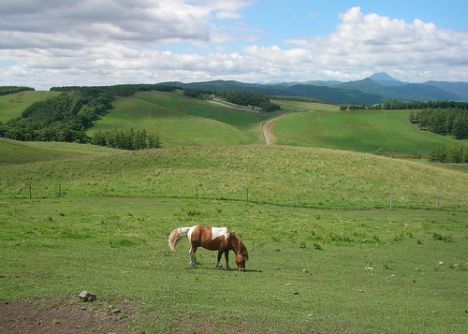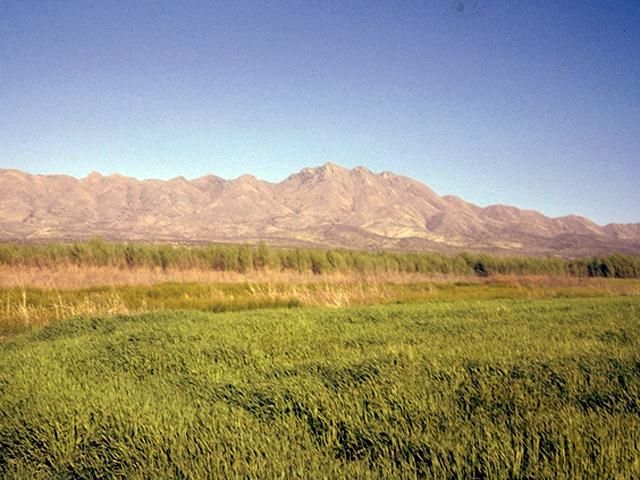Grassland biomes are large, rolling terrains of grasses, flowers and herbs. Their stems can grow again after being burned off. The soil of most grasslands is also too thin and dry for trees to survive. There are two different types of grasslands; tall-grass, which are humid and very wet, and short-grass, which are dry, with hotter summers and colder winters than the tall-grass prairie. The settlers found both on their journey west. When they crossed the Mississippi River they came into some very tall grass, some as high as 11 feet. Here it rained quite often and it was very humid. As they traveled further west and approached the Rocky Mountains, the grass became shorter. There was less rain in the summer and the winters got colder. These were the short-grass prairies. The Grassland's temperature is 20f to 70f. Here are some suggestions of some clothing that you should wear: Basically pack all types of clothing. Thick jackets for the 20f temperature and thin jackets for the 70f temperature. Pack all types of clothing just to be safe. The Grassland's location is... The Grassland's location is in the Eurasia's steppe grassland is the largest grassland in the world. Steppe means grassy plain in Russian. The steppe once covered 2, 500 miles (4,023 kilometers) of land from western Russia to central Asia. Another grassland, called the puszta, which resides just west of the steppe dominates most of Hungary. A moist grassland known as the prairie fills in central lowlands between the Rocky and Appalachian Mountains. South America's largest grassland, called pampa, which means plain, covers most east-central areas of Argentina.
|
 |

